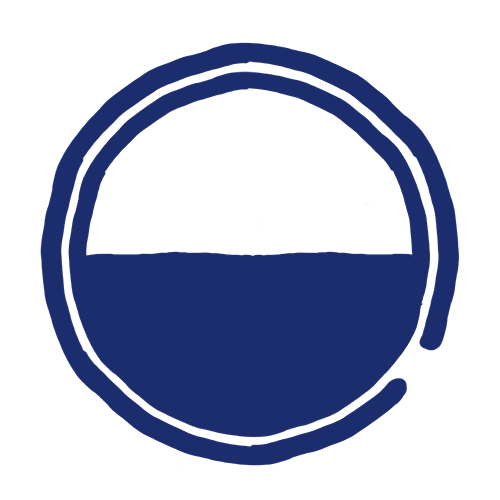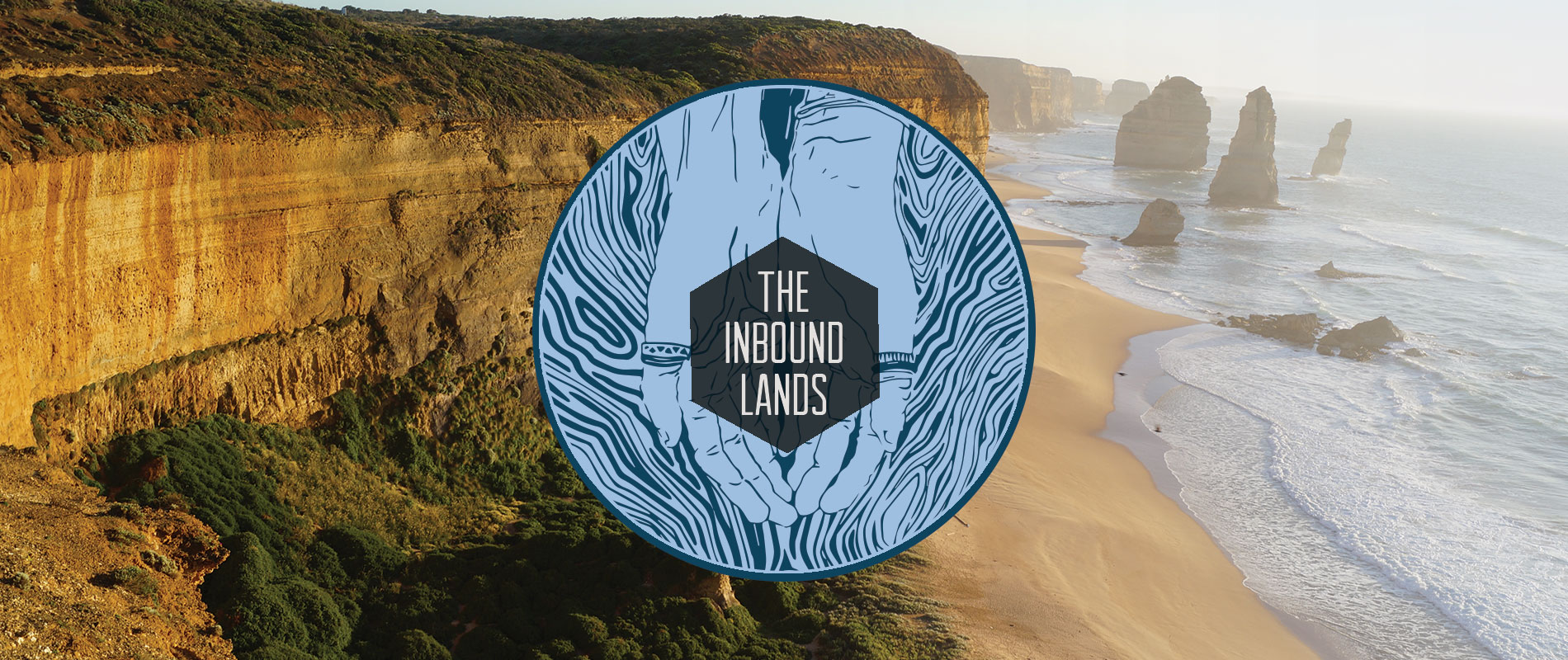Ochi Maninhka
The "Territory of Plentiful Clay"
Ochi Maninhka is the southeastern region state of The Inbound Lands, encompassing primarily the southern and southeastern coastline. It is bordered by Ochi Oxta to the west, Ochi Ohkanska, Ochi Wa'shkan , and the Southern Walkingfolk nation to the north, and is bisected by Ochi Hoh.
This article is a Work in Progress. Please stay tuned for future updates.
Assets
True to its name, Ochi Maninhka is known for the rich and plentiful clay deposits along the Southern Coastline. It contains the primary deposits of Kkaxite within the Greater Inbound Lands.
In addition, the area has several beautiful and ancient watchtowers, whose lights serve to identify the coastline to the Caravels arriving home.
Territories
Ochi Maninhka contains:
- West Egg: Relatively close to the Citadel, West Egg is both the capital city and the large island to the southwest of the Sea of Crows. A relatively young city since Unification and because of its proximity to the Citadel, it is the primary point of transaction for the region. Many a business deal has been decided beneath the noises of construction that continuously cloak the city.
- The Narrow Isles : This large island, surrounded by rocky pinnacles, is located at the bottom of Ochi Maninhka and serves as a major port for the shipping and distribution of goods. Though technically under the jurisdiction of the Sea of Crows, many outgoing Naval Caravels stop there for rest and resupply, and the island itself was a highly contested fortress for marauders in its storied past. If West Egg is the official business center of the region, then the Narrow Isles form a home for the Dirt Market.
- The Sea of Crows : As the large gulf at the southeastern side of the Inbound Lands, the Sea of Crows forms the home base of the Ni'kashiga Naval Fleet.
- South Braxos Bottomlands : This marshy area is home to massive oyster farms, and provides much of the area clay.
- The Bluffs : These large coastal cliffs are noted for their sheer faces, verdant grassland above, and beaches at the base.
- The Horn : A jut of land within The Bluffs, this airfield extends into The Sea of Crows.
- The Southern Coastline : The Southern Coastline dominates the lower Southeastern coast of the Sea of Crows.
- Pulido Volcano : This semi-dormant cinder cone marks the farthest western point of Ochi Maninhka, and the surrounding mountainous area is rich in silver, lead, zinc, copper, and tin. The slopes of Pulido also note the watershed of Wahankan River.
- Wahankan River : The "Unwound" River tumbles towards the lower coast of the Inbound Lands through the Wahankan Valley. Narrow, the river is largely impassable for its rapids, but provides irrigation to the immediate vicinity, and hydroelectric power to the lower Regions. The eastern shore of Wahankan River marks the western boundary of Ochi Maninhka.
Agriculture & Industry
The region is home to the Xuhaxe Tree, providing a swiftly growing crop of food, firewood, and paper pulp.
In addition, the rich oyster beds of the Southern Bottomlands provide shellfish and clay. The Sea of Crows is filled with marine life and fishing opportunity.
Mythology & Lore
Symbolic Associations
Color
Ochi Maninhka is tied to the color Hto'hu, or Blue. The connection is often ascribed to the sea, which crashes against the Bluffs of the Southern Coast, and whose hue is gentle and constant. However, traditional Birdfolk do not associate water (which takes many hues, depending on context) with color; rather, the region is blue because of its connection to anil, or the native Indigo plants that thrive in the Southern Coast, and whose harvest provides a rich dark blue when paired in fabrics, or a brilliant, bright blue when mixed with the clay found in the area.Birdfolk Direction
Because of its location to Man^ce^nonbe, the coastal region is associated with the direction Vessel, which represents the sea. As a "Trued" Direction, Vessel also represents not only the element of water, but the literal connotations of the act of carrying: as waves carrying seafaring vessels; as clay pots holding water; and as a metaphorical container of creation as told in The Creation Myth of Ni'kashiga Birdfolk. The Birdfolk see the ocean as a vessel in and of itself as much as a thing that is held or that holds.Sigils of Note
Ochi Maninhka is represented most by the Hto'hu crest of Vessel, but is also tied to imagery of anil leaves, waves, pots, shells, and seaweed.Folkloric Associations
Ochi Maninhka, like its neighboring region of The Citadel, is associated with The Creation Myth of Ni'kashiga Birdfolk.Appearance in Visual Artifact
Aspects of Ochi Maninhka have been identified in:- Ticket to Nowhere: Immigrant Edition (Desert Circulation), 1583 ak - This limited edition ticket, issued to new immigrants into the Scrublands, features an ornamental border of waves on the bottom right. This motif signifies the Sea of Crows, and encases a feather emblem within.
- Follower of Corvus, 671 ak - the coastline of Ochi Maninhka is prominently shown as the interior of the primary figure, displaying the influence of their origins and past on their current course of life.
Political Influence & Intrigue
Area Flocks of Influence
- Flock Yumani
- Lapita
On the History of Currency and Economy in Ochi Maninhka
Barter
Barter is the oldest form of currency, and for some in the more rural areas of the Southern Coast, is still an acceptable part of daily life. It is common for goods to be bartered in exchange for labor, or for items of similar value as determined by the needs of the two groups.Traditional Forms of Money
In centuries past, early Birdfolk found themselves trading goods for wapu'ska, or shell bead, with the Southern Walkingfolk. For the Southern Walkingfolk, Shellbead formed the dominant currency; among Birdfolk for its decorative value as well as its monetary means, and for its easily portable display of wealth. Wapu'ska came in several forms:- Disc, the large, broad, polished, and highly decorated shellforms, were generally the size of a palm. Disc were ornamental, generally signifying a contractual agreement, and were known for their highly etched surfaces, often depicting the terms of the agreement and payment/repayment. Disc usually had a single hole or a set of twin holes bored into the center, for display purposes. As Disc were often fragile, they were primarily ceremonial; once a contract had been fulfilled, Disc were usually ceremoniously broken. Few intact Disc survive in collections today.
- Stub were long, narrow shellforms, roughly the length of a Walkingfolken index finger. Stub are identified by their careful wearing away on both sides to reveal the inner coils of the shell; the edges of Stub were also decorated, though the markmaking was more practical in nature, showing the town or area of origin. The value of Stub depended on the length and number of revealed coils; each coil equated to ten Shellbead. Though more valuable, Stub were typically found in business arrangements rather than personal use, as the thin shapes could be fragile.
- Shell, or Shellbead, were small, highly polished beads made from the more visually appealing areas of smaller shells. A single hole or twin holes bored in the center allowed the owners to string or sew shellbeads onto clothing or into belts. Though less valuable than their counterparts, Shell allowed the owners to carry large amounts safely, as the smaller beads - especially in ropes - were sturdy. Decorative tasselwork sometimes divided Shell Ropes into segments of ten, for easy counting or removal by cuts.

Founding Date
Officially, the borders of Ochi Maninhka were announced with Unification in 0 ak.
Type
Geopolitical, Province
Capital
Alternative Names
The Vessel Region, The Sea of Crows
Demonym
Perhaps because of the lingual influence of Southern Walkingfolk, those who hail from the coastline itself are known as "Cron," while those who live along the Narrow Isles are often referred to as "Blun."
Currency
Dominations of Manzeska (coin) / Bthoga (dollar) are officially recognized in The Greater Inbound Lands. However, within Ochi Maninhka, Barter and Wapu'ska are acceptable currency for mundane transactions.
Location
Controlled Territories
Neighboring Nations
Related Ethnicities
Related Myths




Comments